The art of Remedios Varo was one of the most significant contributions to the history of surrealism. The foundation and iconography of her paintings is a unique layer of influences – from medieval history and Greek mythology to scientific research and alchemy, nature, music, and pagan practices. Varo’s reality is rich in fantasies and she presents her picturesque universe with scientific care. It’s a methodical explanation for the mystical.
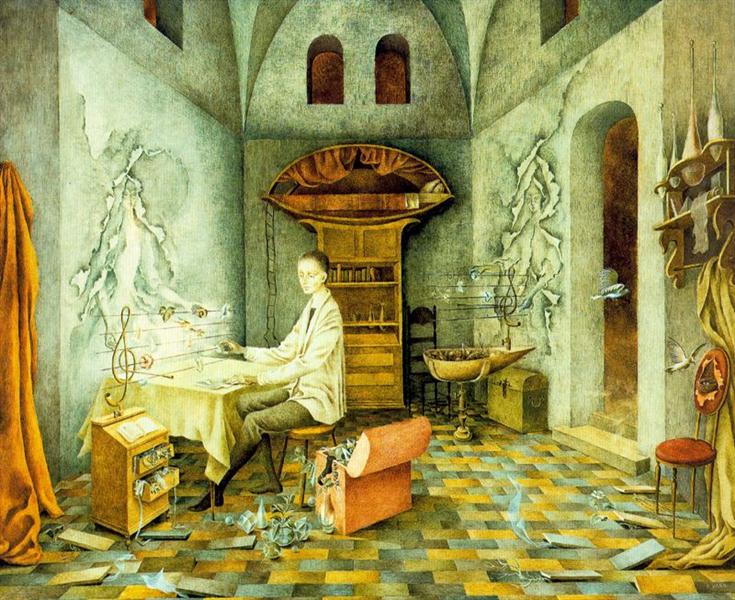
“Harmony (Possible Self-Portrait), created in 1956, is a canonical example of Varo’s complex visual vocabulary. Here, her “animistic belief in the power of objects and in the interrelationship between plant, animal, human and mechanical worlds” is poetically manifest. The artist, who had knowledge of craft and technique, pays extremely much attention to detail – each stroke has a clear purpose. In fact, Varo’s paintings are built from details. The imitation of the principles of scientific illustration and the technical precision of “Harmony” is reminiscent of the drawings she made during her scientific expedition to the Orinoco River in Venezuela ten years earlier.
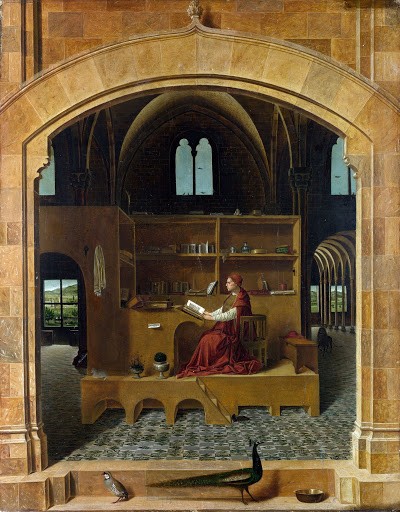
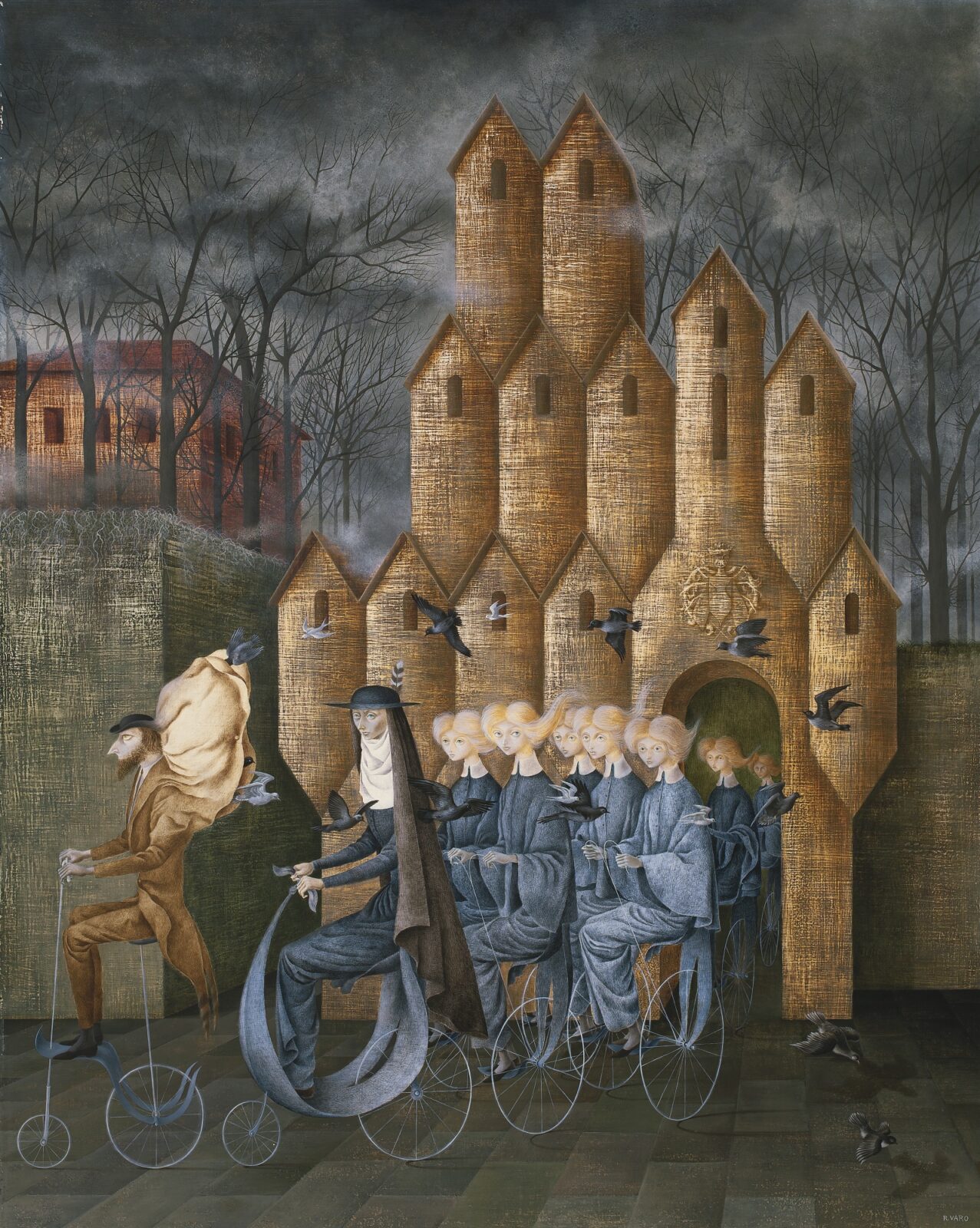
In Varo’s Harmony, she draws on the structural principles of music, which served as an important symbol of organization in the creation of her pictorial stories. “Music [for Varo] is a deliberately structured structure, and so it acts as an agent in organizing life in several works,” writes art historian Alan Friedman.
Meditative, peaceful energy surrounds a lonely figure (Varo himself), while around her a strange, supernatural chaos occurs: floorboards open and release ghostly sheets of paper, boxes and chest open, opening strange natural ephemerals, birds try to fly away, but fall into the trap of optical illusions, from the walls appear ghostly creatures. “Although there is confusion in this monastic cell, we feel that the advent of harmonious order here is only a matter of time,” said Whitney Chadwick.
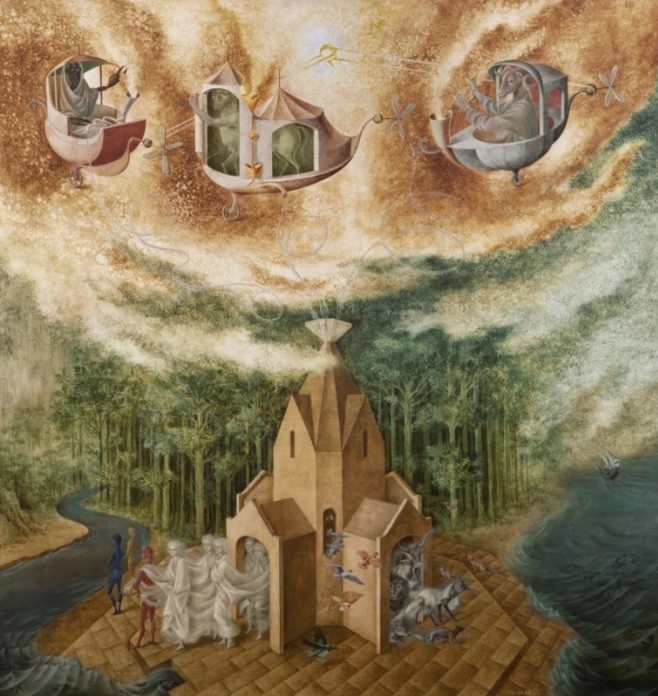






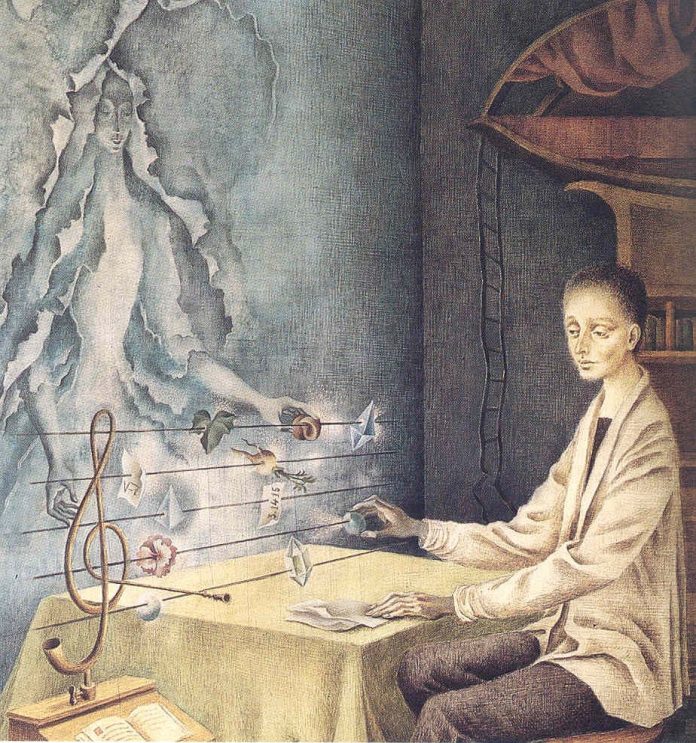
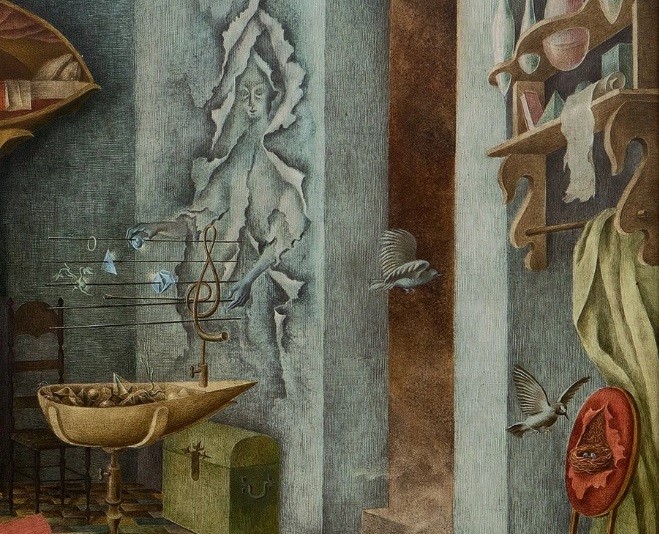
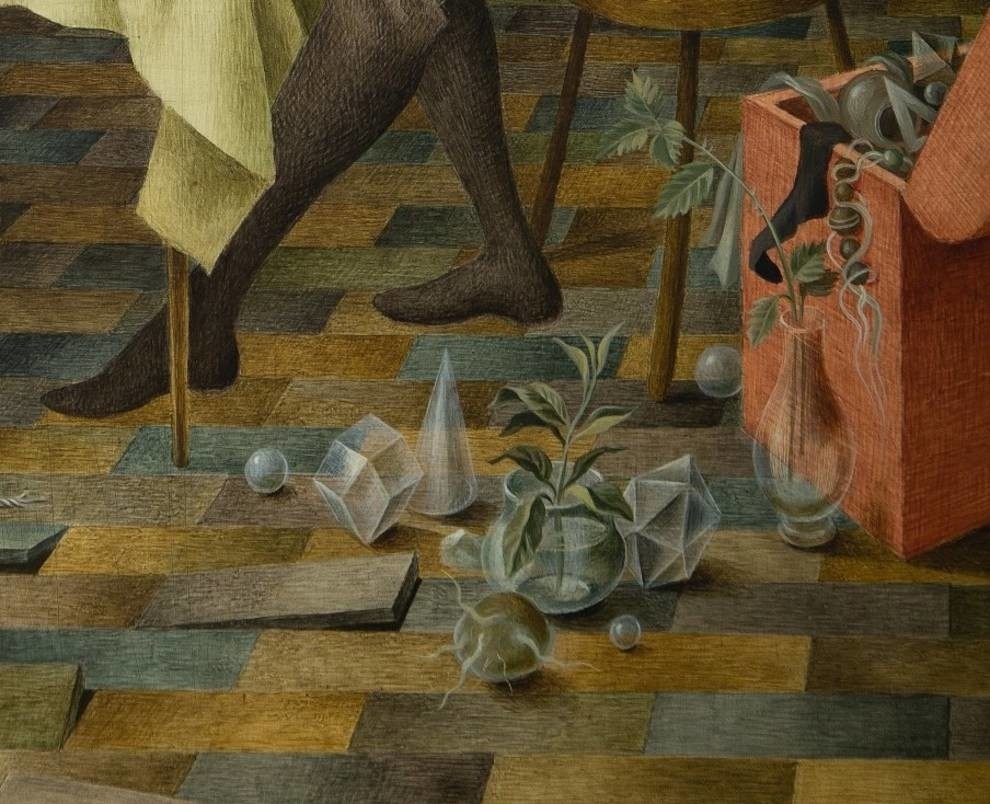
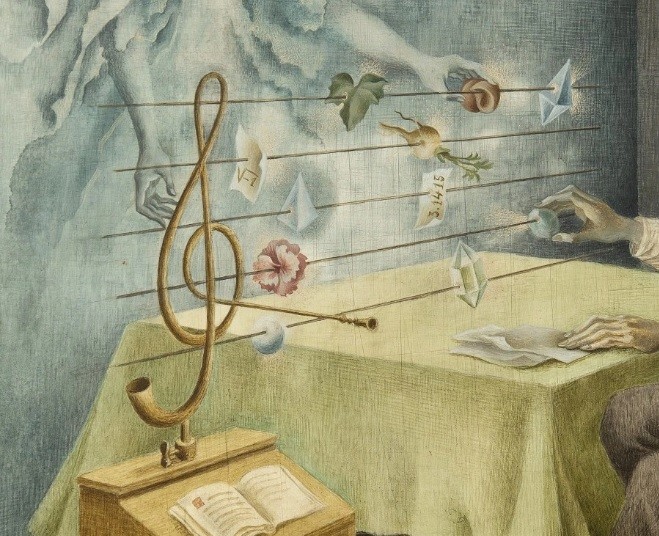
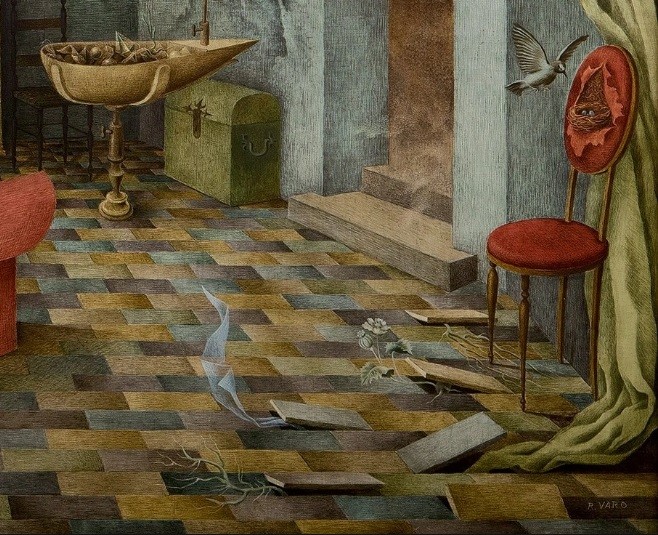



















Wonderful article on this remarkable artist. I love all the details from the painting, so nice to see them all clearly.